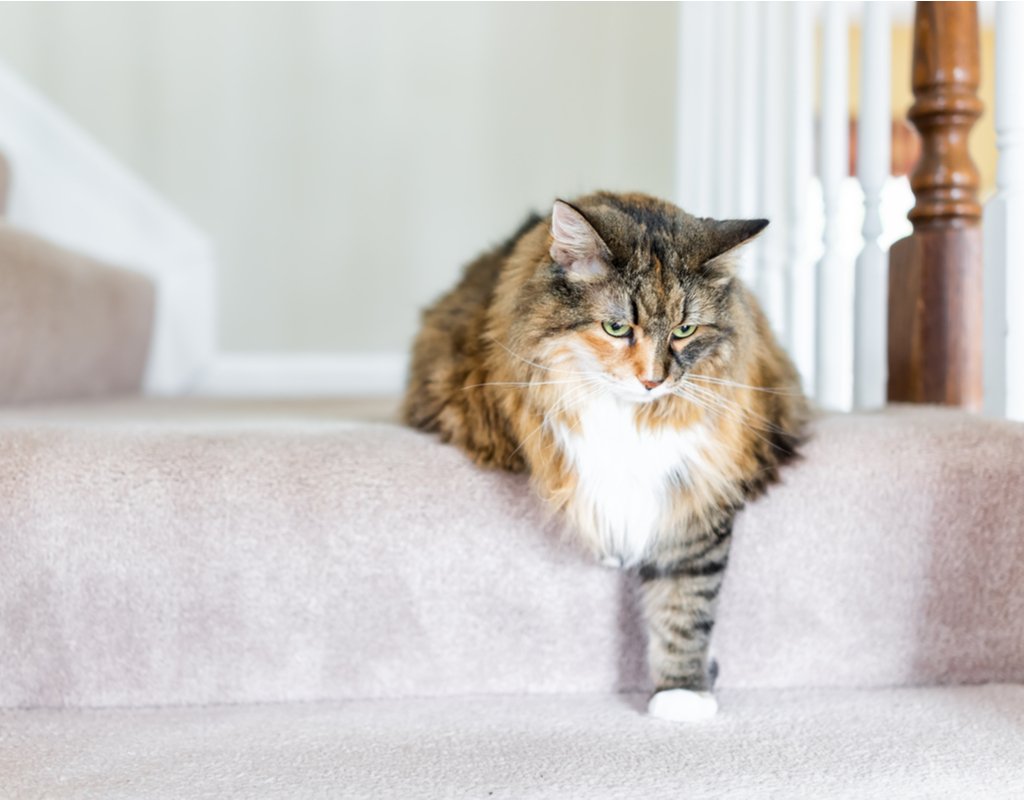
It’s never a happy day when you realize that your cat is quickly getting older. Your furry friend, who is usually the first to meow at you and come cuddle up next to you, is moving at a slower pace and now grazes at their food. What often follows your cat’s aging is no other than scary arthritis.
Studies are suggesting that over 90% of cats (over 12 years old) show signs of arthritis. Not to be mistaken, arthritis can inflict younger cats too, with up to 50% of cats (over 6 years old) suffering from arthritic pain.
Pinpointing feline arthritis is not an easy task. Many times, cat parents are unaware of their cat’s discomfort or pain. Thus, unfortunately, many cats with arthritis are undiagnosed and left untreated. It’s crucial to be able to understand and identify this disease, knowing what exactly to look for may be more than life-saving for your catto.
Let’s get to it!
What is Arthritis for Cats?
Osteoarthritis is a joint disease where the cartilage around the joints begins to deteriorate. The main purpose of cartilage, in humans and felines alike, is to protect the bones, acting as a shock absorber. Cartilage covers the ends of our bones, areas where movement and bending occur.

Healthy cartilage can provide a stable environment where motion created is smooth and fluid, with low friction. When cartilage is under immense pressure, age, or injury, for instance, the cartilage can wear down and the joint fluid can change. This joint fluid, also known as synovial joint fluid, provides lubrication for moving parts within your cat’s body.
Joint diseases, such as osteoarthritis, can be extremely painful for cats. It’s commonly seen in their shoulders, hips, and elbow joints. It’s been reported that up to 48% of cats have osteoarthritis in more than one area.
What are the Signs of Arthritis in Cats?
When cats begin to age, they may experience difficulty getting out windows or doors or climbing onto surfaces, signaling osteoarthritis. Unlike canines that go on daily walks and are playing fetch with their owners frequently, cat parents are slower to notice any joint issues on their furry feline.
Most of the time, once the disease has been diagnosed in your cat, it has usually thoroughly progressed.
Here are some common signs and symptoms of arthritis or pain in felines:





